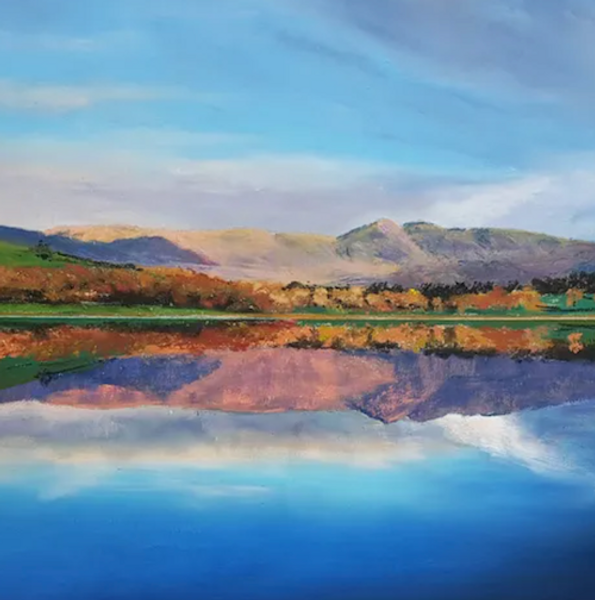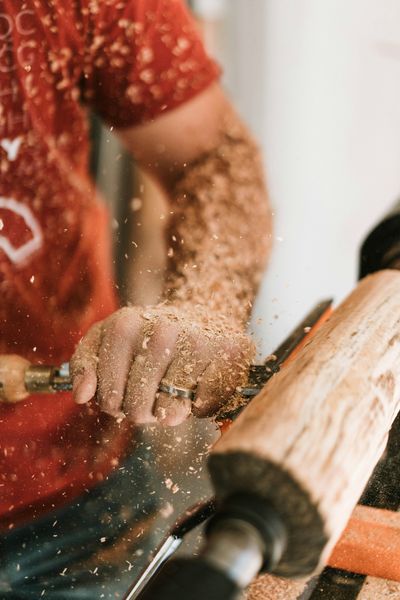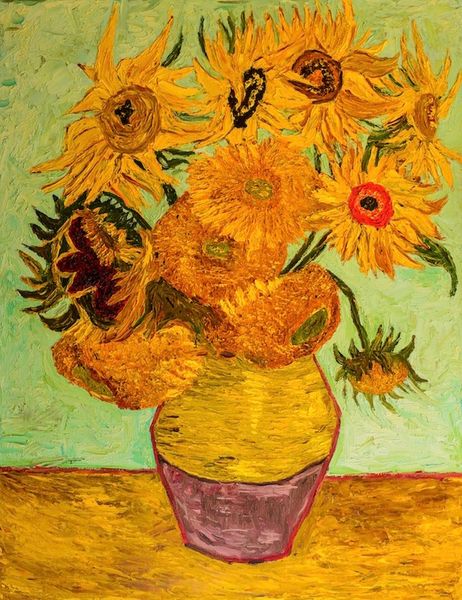Rachael Smith on meeting a willow ninja, weaving as a workout and how you can help reverse willow’s decline in the UK.
Did you know that weaving is one of the oldest crafts in the history of human civilization?
Materials such as wood, grass and willow were weaved together by our ancestors to make baskets and other vessels to transport goods. In fact, the oldest baskets discovered to date are thought to be between 10,000 and 12,000 years old!
 Basketry is making a come back...
Basketry is making a come back...
More recently, weaving experienced a boom during the Industrial Revolution when baskets were in high demand to be used in factories and for packaging goods and transporting them.
The Victorians were responsible for making woven goods fashionable with the popularity of wicker furniture and woven ornamental pieces popping up in homes across the UK.
The introduction of plastic in the 1950’s forced the willow weaving industry into decline...
But it’s making a comeback (hurrah!) and weaving is growing in popularity again, especially as consumers and businesses try to find more sustainable ways to transport goods and carry belongings.
 Willow hare sculpture
Willow hare sculpture
A few weeks ago I was lucky enough to be invited along to a willow weaving workshop close to where I live in lovely Lancashire.
Along with 10 other ladies, I spent the day with Joevanka Gregory of Creative with Nature – a willow weaving ninja – who taught us all about sculptural weaving and showed us how to make our very own full-sized hare to take home.
Starting with a simple block of wood and a few sticks of willow, we were shown how to manipulate and bend the willow to create a framework and the basic outline of our hare.
Then we had to get weaving; pushing and pulling the willow through the frame to add depth and shape to our hare. This was much more physical than I imagined and I felt like I’d spent a few hours at the gym by the time I’d finished!
 Learning to manipulate willow
Learning to manipulate willow
 Expert tuition from Joe
Expert tuition from Joe
 Crafting a willow hare sculpture
Crafting a willow hare sculpture
The willow was lovely to work with. It smelt devine and was pretty pliable, although sometimes needed a little encouragement to bend in just the right place. Joevanka was on hand throughout the workshop, offering advice and handy tips if we got stuck and showing us how to add extra details, such as long padded feet and ears to our sculpture, so it looked very much like a hare.
Throughout the workshop we learnt lots about the materials we were using:
I had no idea that there was a shortage of willow in the UK - the recent rise in its popularity has meant a reduction in supplies, but don't worry - crafting with willow is perfectly fine and willow actually has super powers!
Willow can:
- reduce the effects of flooding and soil erosion
- help reduce pollution
- it’s fast growing (sometimes growing 12 feet in a year!)
- it’s a really important pollinator because it flowers in February when most other plants and trees are still lying dormant waiting for spring.
If I had a large plot of land I know exactly what I would plant there!
Willow is harvested from December to March and can be used all year round for sculpting and crafting. If they are used close to the time of harvesting then no preparation is needed, but if they are left to dry out they will need to be soaked before crafting with them.
 Harvesting willow
Harvesting willow
Everyone thoroughly enjoyed the workshop. We learnt so much from Joevanka in just a day and the workshop left me feeling inspired to book onto another course – I’ve definitely been bitten by the weaving bug!
I just need to decide what I want to make next… pea climbers and trellice for the garden? A new basket? Decorations for the Christmas tree? Or more willow animals to join the hare in my garden? I can’t wait to learn more!
Take a look at all of Joevanka's workshops here>
And if these are not close to you take a look at willow weaving classes all across the UK here >



